This year is the 30th anniversary of the installation of the Big Buddha in Hong Kong, officially known as the Tian Tan Buddha. It’s a must-visit destination for any tourist visiting the enclave, whether they are religious or not. Taking 12 years to plan and build by the Po Lin Monastery, its architectural magnificence has been admired the world over. It might be on the same island as the local airport and Disneyland but you get a sense of what Lantau Island is about when you visit the Big Buddha. The mountainous greenery with breathtaking hiking trails is a far cry from the shopping mecca images frequently used to portray Hong Kong.
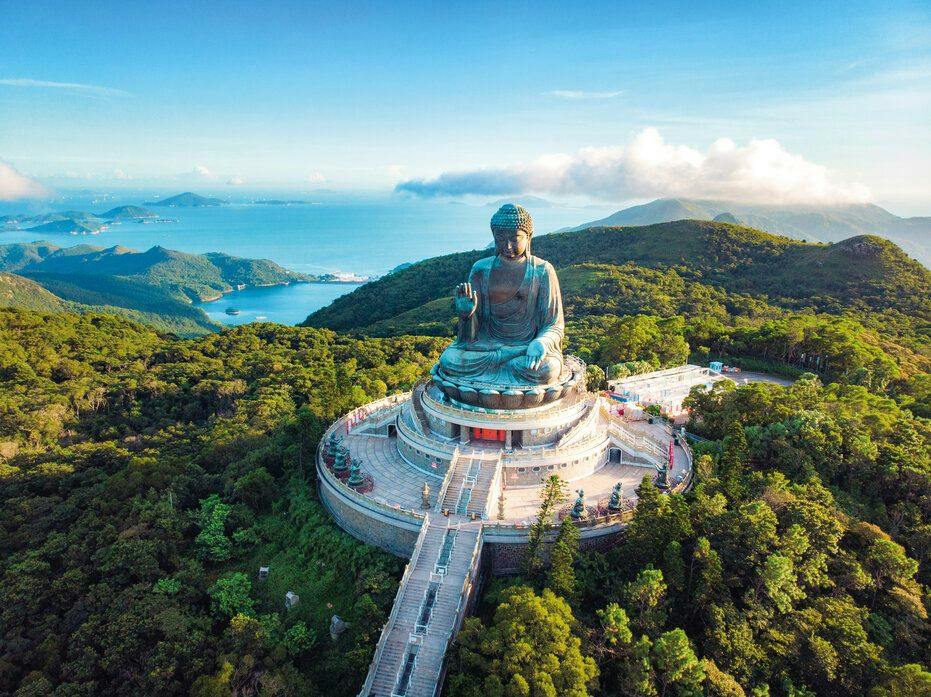
Getting to the Big Buddha might seem like a pilgrimage, but is remarkably straightforward especially if you opt for the Ngong Ping Cable Car rather than the winding bus routes through the island. It is an adventurous 25-minute journey ride. They offer crystal cabins with a glass bottom which offer uninterrupted views of the Hong Kong-Zhuhai-Macao Bridge and the Big Buddha. Once you get off, it’s a 10-minute walk to the monastery.
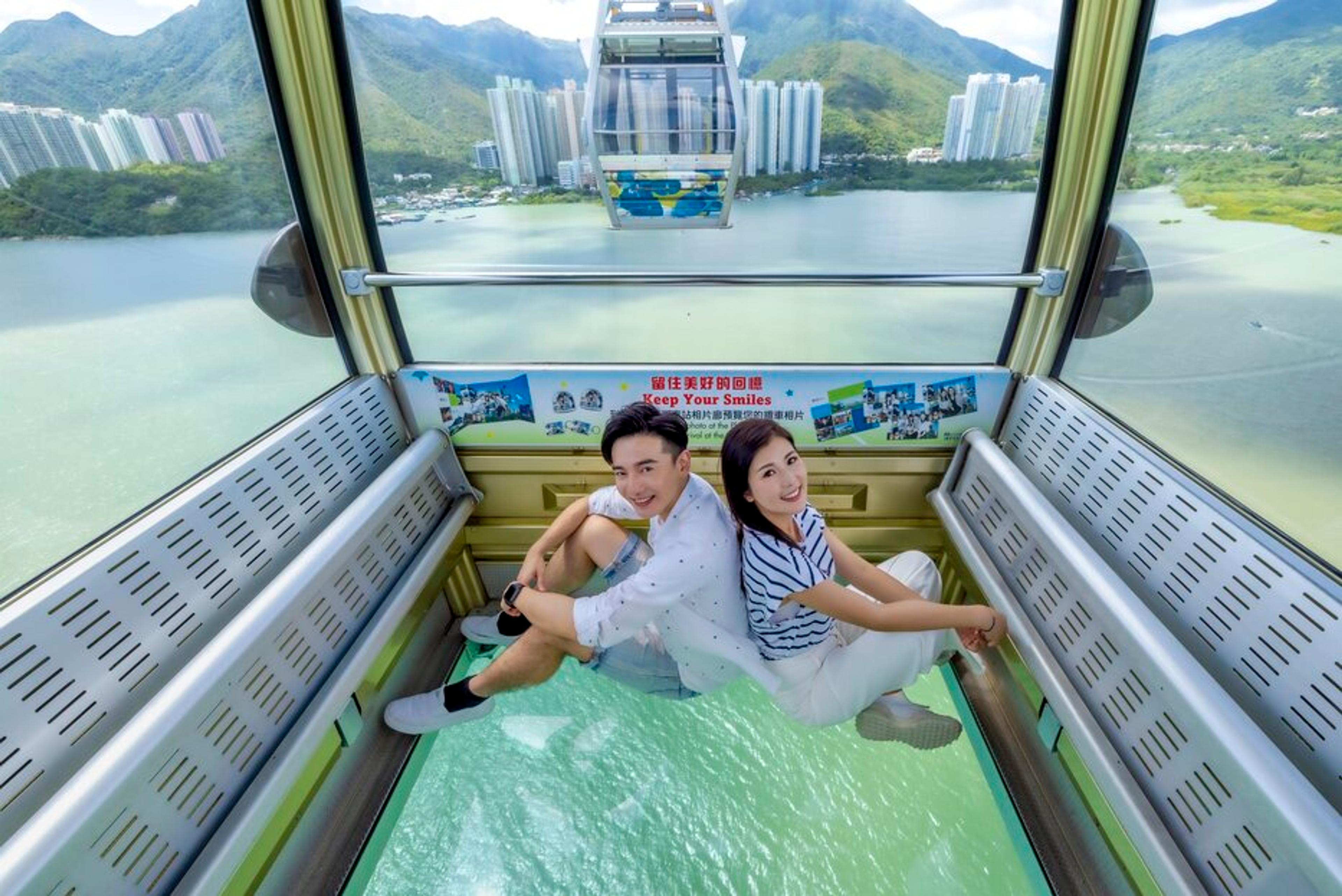
During the walk, you pass through Ngong Ping Village, a quaint revival of traditional Cantonese villages. You can sample traditional delicacies like egg waffles. You can purchase local handy crafts like Chinese opera accessories and masks. There are multimedia and immersive experiences like the art of chocolate making and a 5-D theatre suitable for the whole family.
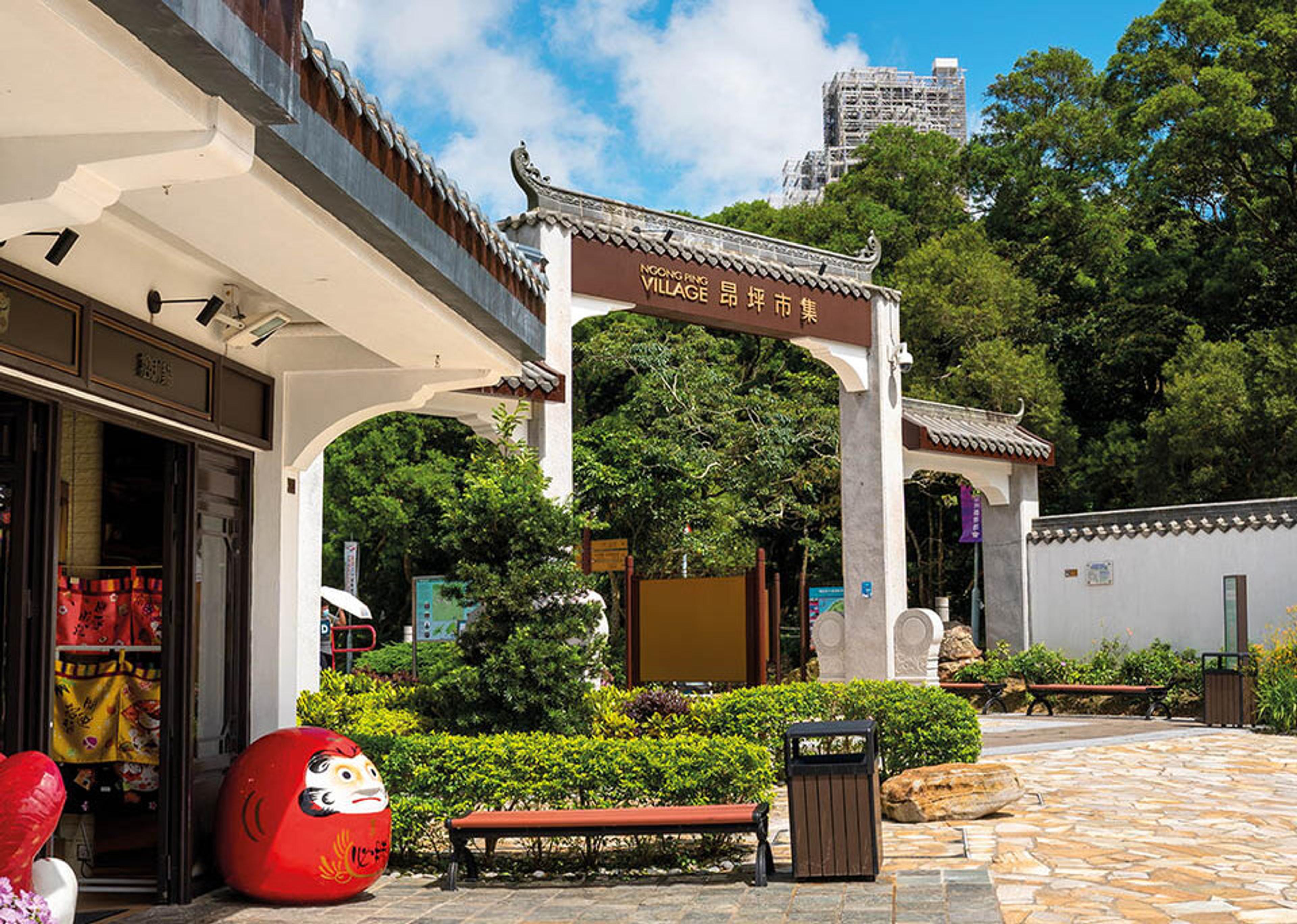
The Big Buddha is the second-largest seated outdoor bronze Buddha statue in the world. The statue is 34 metres tall and you’ll need to ascend 268 steps to the base of the statue for a closer inspection. It is well worth the hike as you get splendid views of the verdant scenery surrounding the iconic structure. And if you are methodical, you’ll notice many famous faces having their final resting place including famed Cantonese pop star, Anita Mui.
The Big Buddha Statue was voted as the fourth of the 10 Engineering Wonders in Hong Kong in 2000. The first three were all government works projects. Top of the list is the Lantau Link followed by the Hong Kong International Airport Passenger Terminal, and in third place is the Hong Kong Convention and Exhibition Centre Extension. In terms of private projects, the Big Buddha statue came out on top.

If you want to escape the hectic city life, the monastery runs a 1-week mediation retreat held on the final week of the first lunar month. Leading monks will lead attendees on meditative walks and also there will be discussions about Zen Buddhism. It will especially help you with achieving clarity of mind if you are lacking focus or are easily distracted.
Chinese cuisine is not always known as the most vegetarian friendly but you can try exceptional Buddhist vegetarian dishes at the monastery. Dishes are designed to cleanse the body and the soul and might include steamed bean curd with olive leaf and asparagus with exotic mushrooms and cashew. There is also a snack shop next to the restaurant for those looking for a quick bite. You can sample the delights of bean curd dessert and glutinous rice dumplings filled with mango. The bean curd is made daily in-house and is known to be especially silky-smooth and inviting. Most of the items are prepared in small quantities and often do sell out.
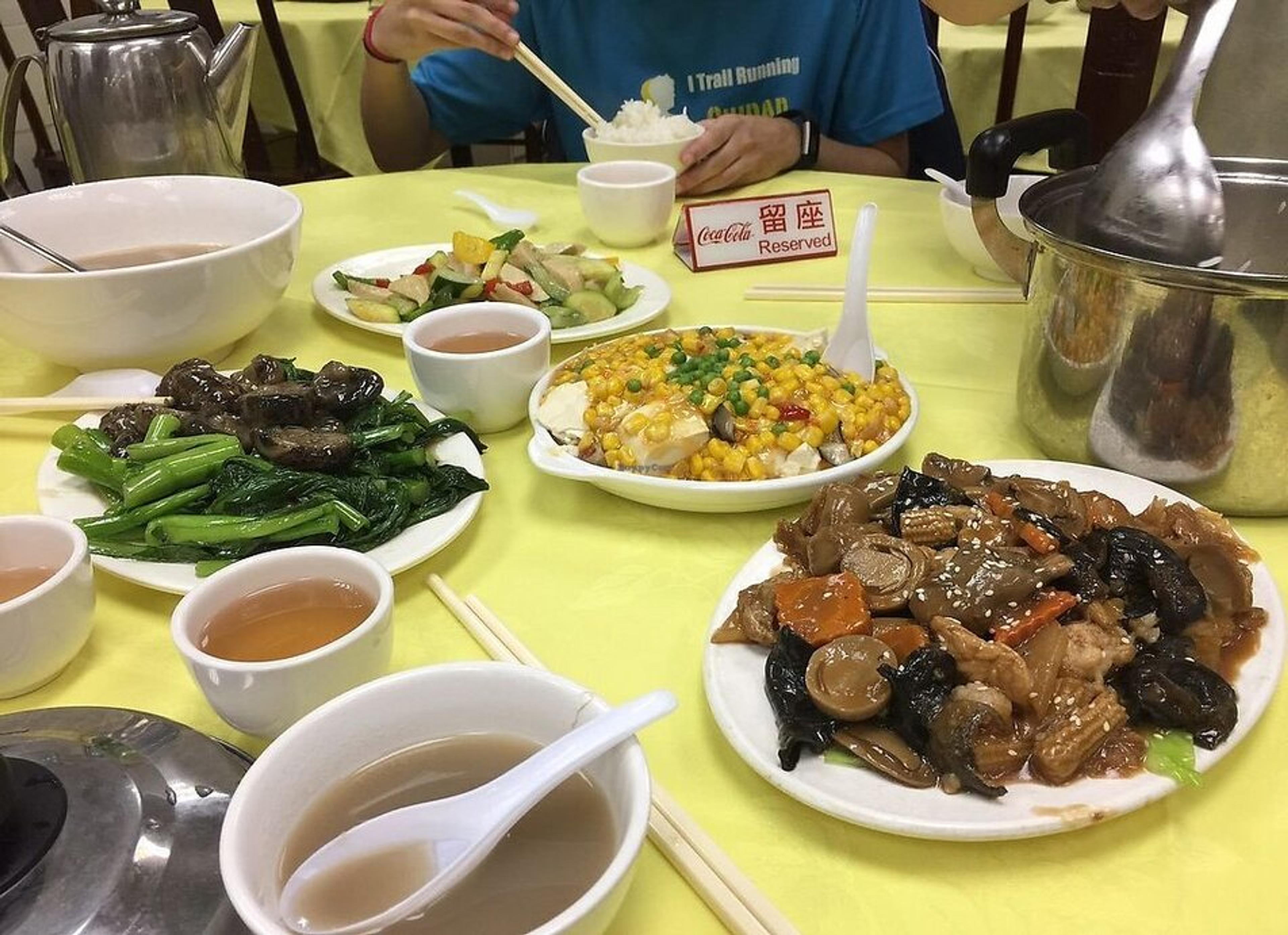
Apart from the Big Buddha statue itself, there are plenty of other spectacles to behold such as the grand hall of ten thousand Buddhas and the main shrine hall of Buddha. Both of which are extremely busy, especially on religious days. There are plenty of garden areas for people to enjoy all the wonderful outdoor spaces such as the orchid garden and the bauhinia park. There is also the wisdom path, which is an installation of 38 wooden structures carved with the complete verses of the Heart Sutra, written by master calligrapher Jao Tsung-I.
https://plm.org.hk/eng/home.php

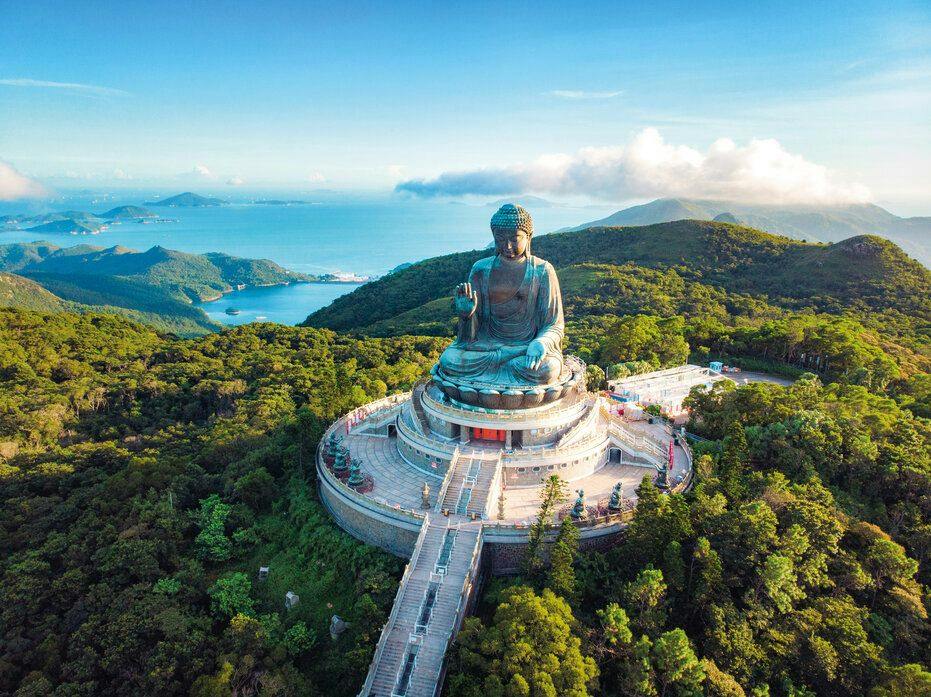
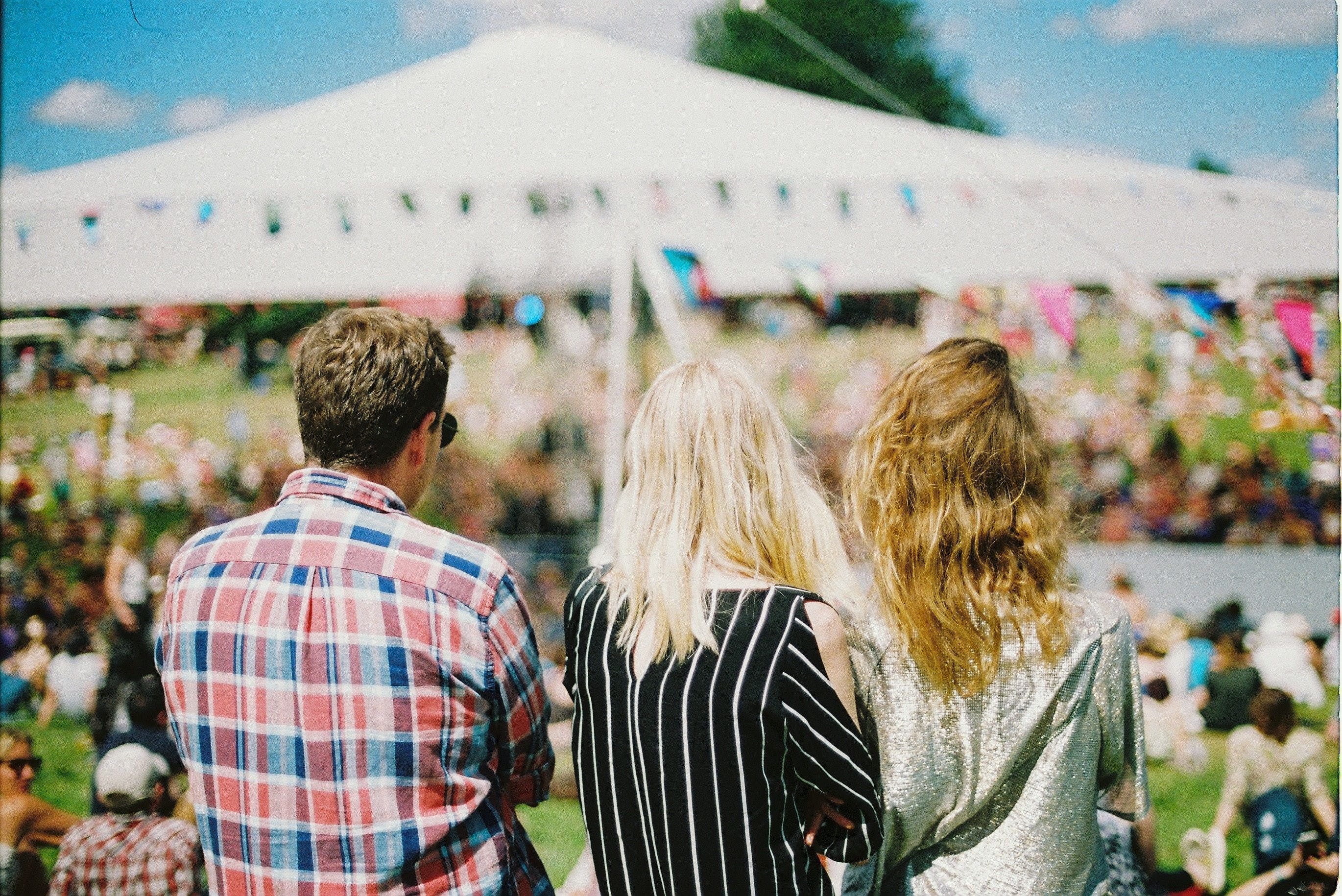
Comments are closed.